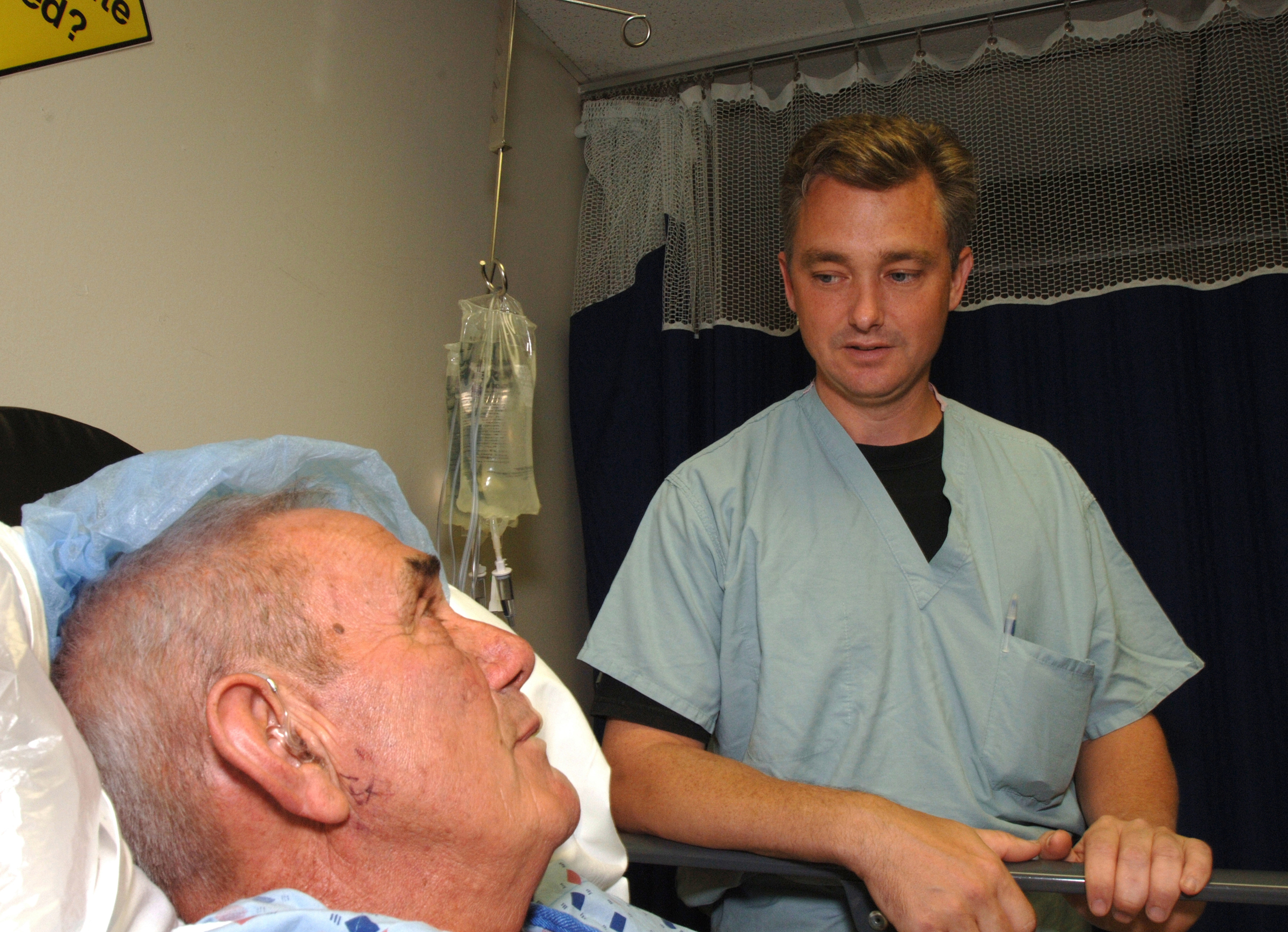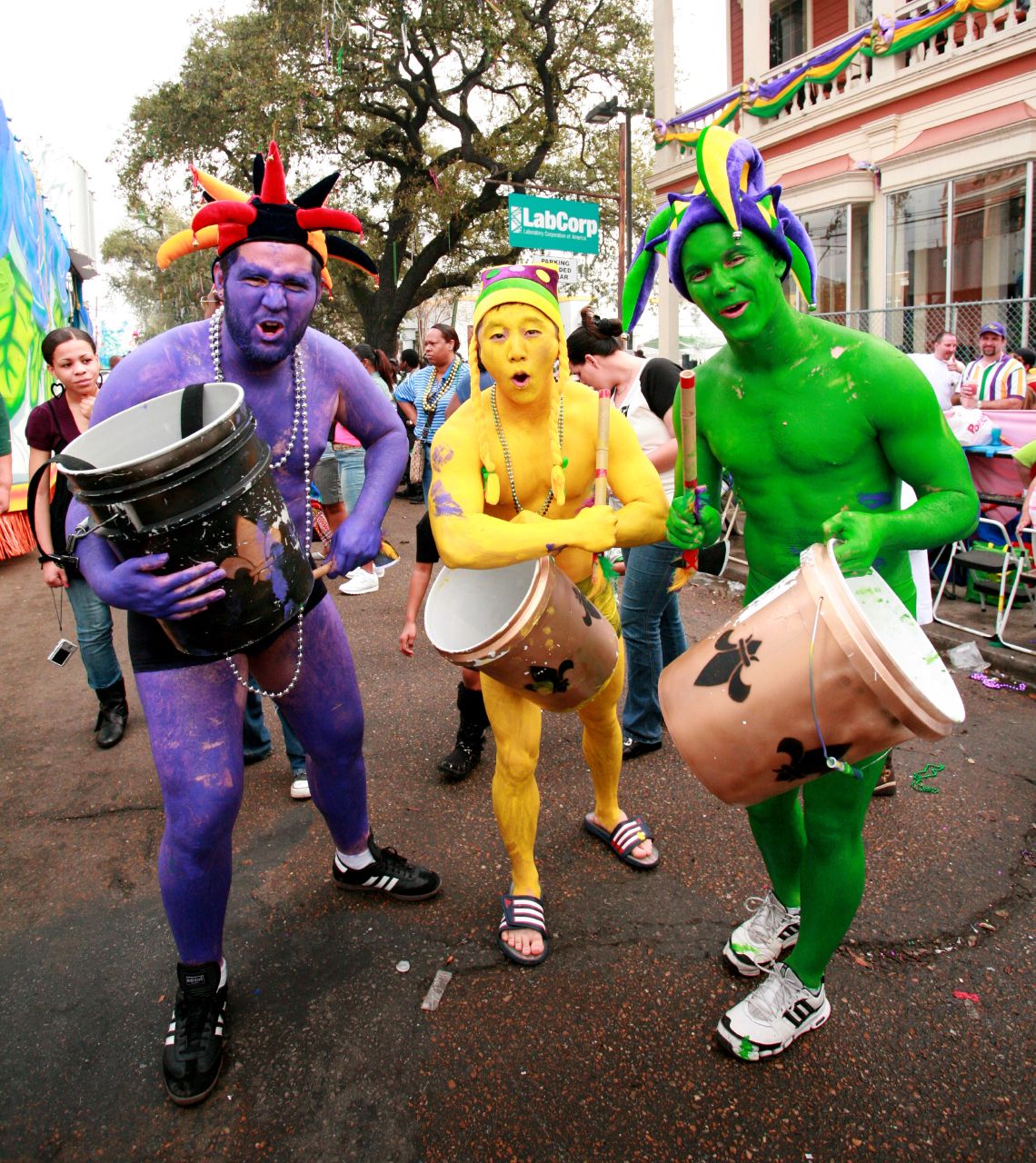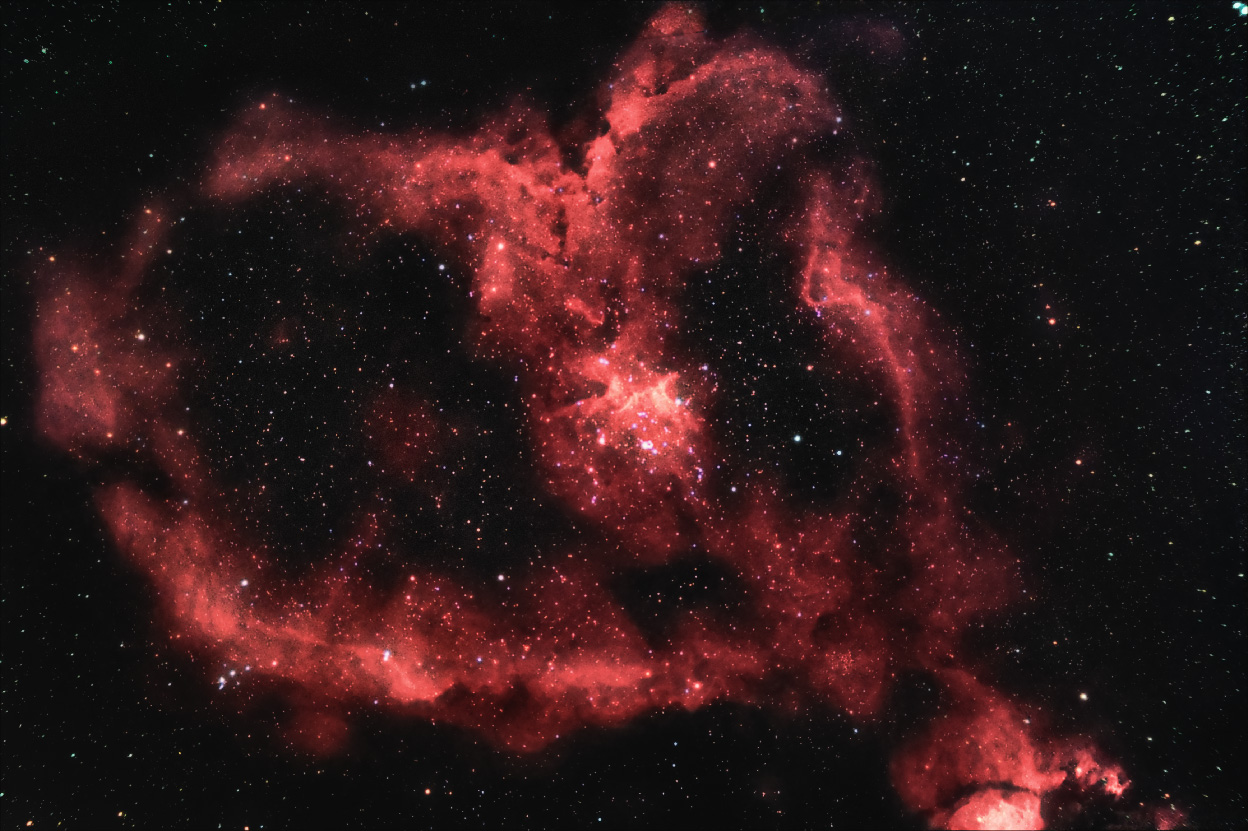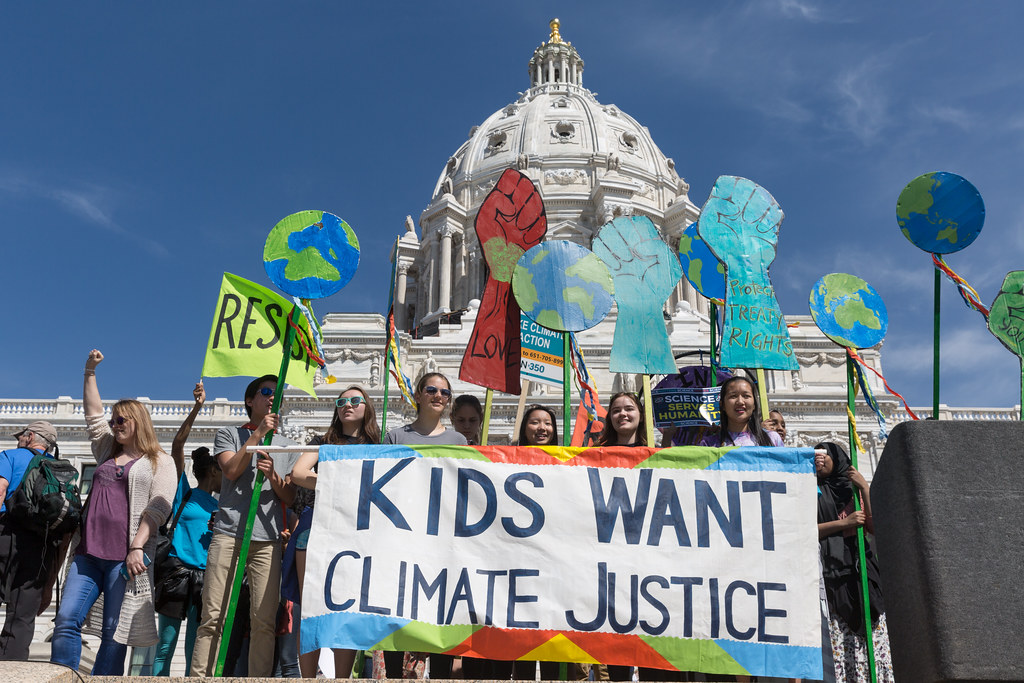
Environmental & Science Education
Biological Evolution
Behavior
History of Science
Nature of Science
Edward Hessler
Shortened snouts, splotchy coats, curly/wavy coats, shortened/curly tails and drooping ears. These are a commonplace in most pets and domesticated animals.
These features attracted the attention of the ever observant and inquiring Charles Darwin. He tackled this question in his two-volume The Variation of Animals and Plants Under Domestication published January 30, 1968. Darwin left us with a fertile hypothesis, known later as the "domestication syndrome." It was the result of domestication but it was not until nearly a century later that a Russian geneticist did an experiment to figure out how this happened. It is also only recently that the genetics of development have been investigated.
You may read about Dimitry Belyaev's breeding program with silver foxes and also view a new Skunk Bear animation on how the characteristics which accompany domestication occurred in a report by NPR's Adam Cole.
In How to Tame A Fox and Build a Dog (American Scientist) Lee Dugotkin and Lyudmila Trut describe this grand experiment. Belyaev who was the vice director of the new Institute of Cytology and Genetics in Akademgorodok or the city of science, needed someone to lead his project. Trut was recommended and accepted. The opening of the essay describes Belyaev's and Trut's first meetings and what Trut thought about him and the meetings. Belyaev was very clear from the outset that this was a risky experiment. It might be a dead-end and end Trut's career. You will find wonderful images as well as a map of where the work took place, deep in the heart of Siberia.
The essay is also a great history of science as well as a description of the nature of science.

 CGEE Student Voice
CGEE Student Voice














